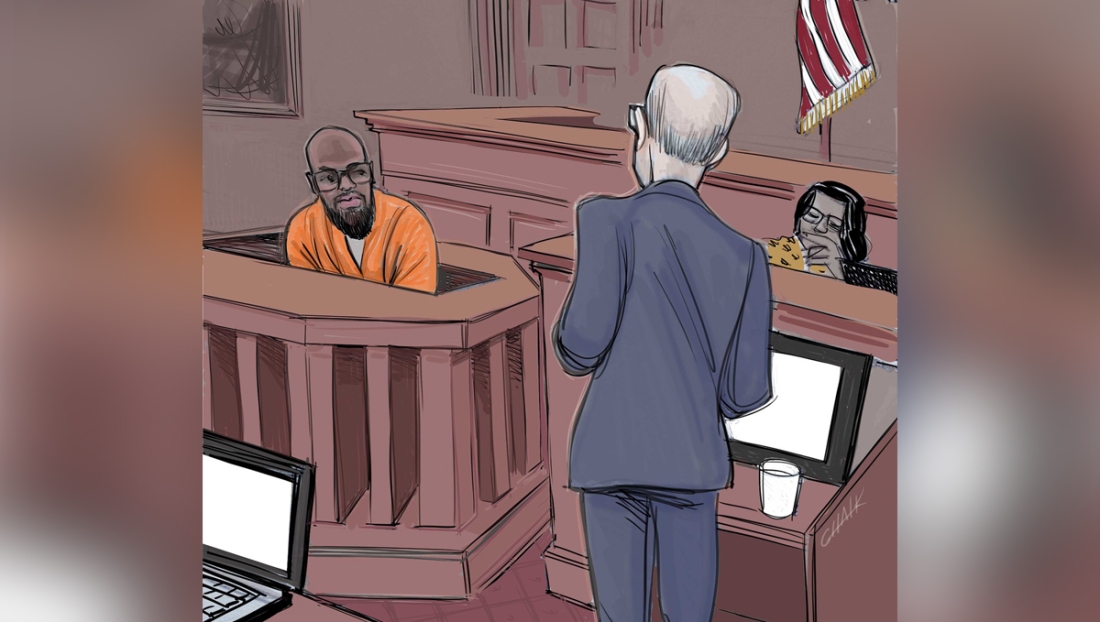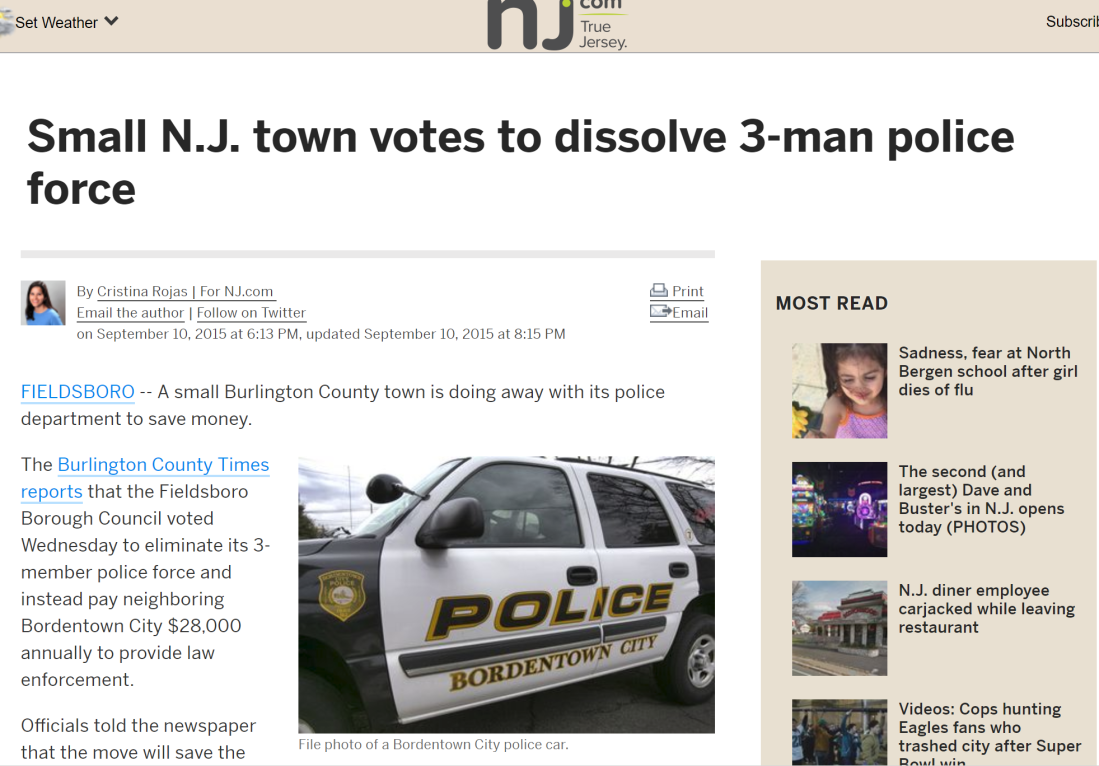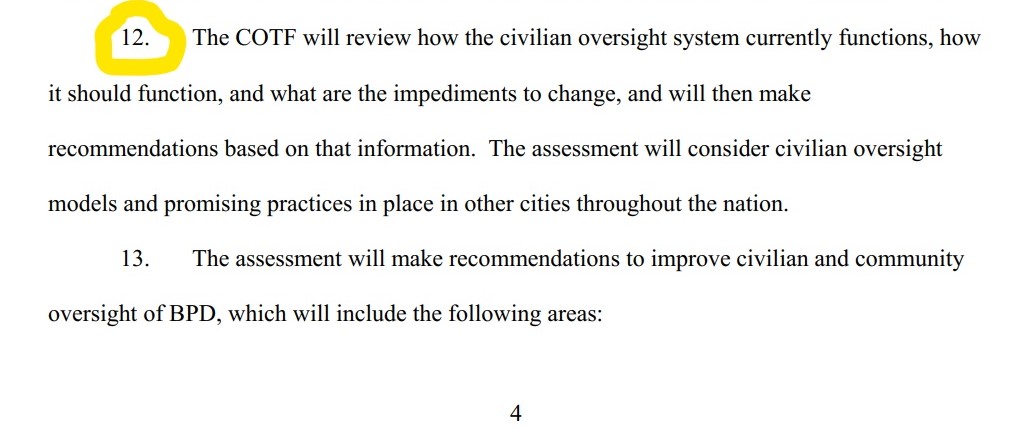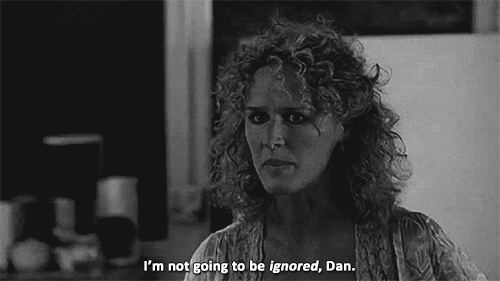Warning: Do Not Proceed Unless You Believe (Some) Baltimore Police Straight Up Rob People on the Regular
Veteran cop, Daniel T. Hersl, 49, infamous for his abusive rants and provocations of Baltimore’s citizens, awaits sentencing Friday June 22 in U.S. District Court. He faces up to 60 years after a jury found him guilty of racketeering, fraud and robbery charges as a member of the violence-prone street gang with badges, – otherwise known as the Gun Trace Task Force (GTTF).
Using RICO statutes, originally crafted as a way to bust open impenetrable crime syndicates like the Mafia, the feds pursued eight cops who as employees of Baltimore City Police department created a criminal enterprise while working as BPD officers that included robbery and drug dealing.
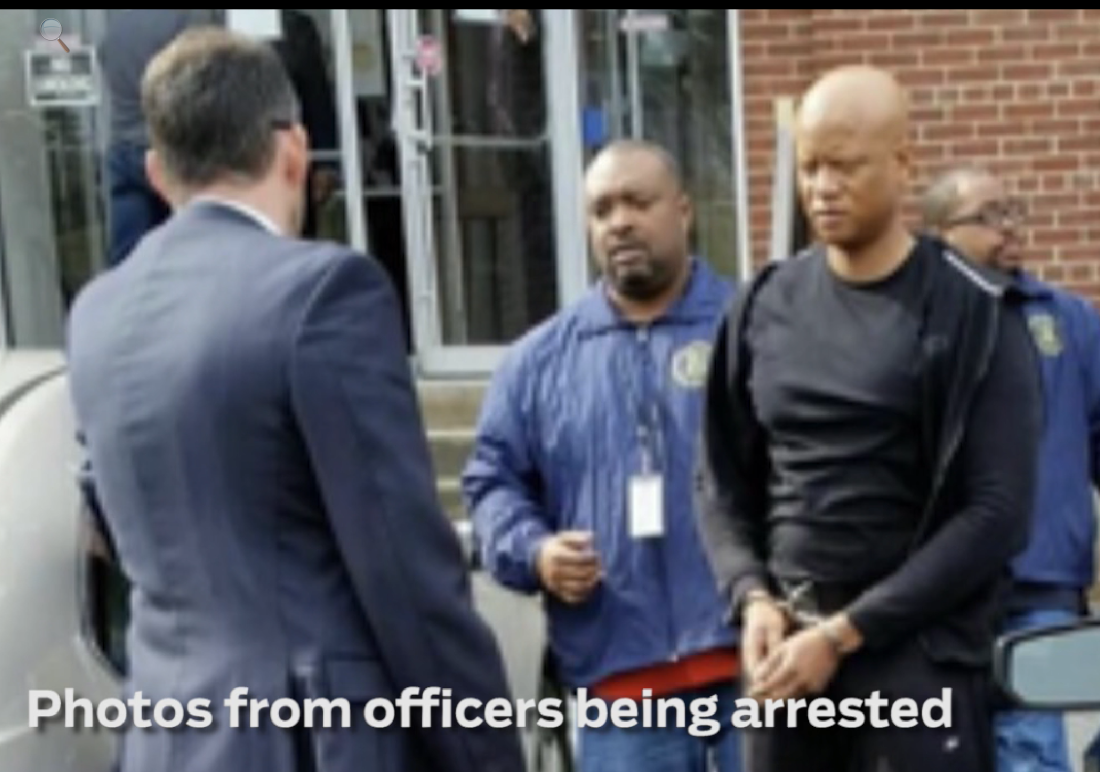
During closing arguments in a February 2018 trial, federal prosecutors reminded jurors that Hersl, who joined BPD in 1999, and other veterans in the Baltimore City Police department were acting as both cops and robbers for years, some even before they joined the GTTF. The victims were believable; the crimes were brazen; the sentences are historical.
A timeline to assist with understanding the “Top 10” Crimes by Daniel T. “Danny” Hersl
- April 2015 Freddie Gray in-custody homicide
- April 2015 Civil unrest in West Baltimore’s to protest F.G’s violent death
- Summer 2015 Jenkins sells looted pharma drugs, sparking opioid crisis
- July 2016 Feds tap BPD vehicle in the Shropshire drug organization investigation
- August 2016 Department of Justice scathing report on BPD systematic abuses
- March 2017 Federal indictments announced against BPD’s GTTF squad
- April 2017 City enters into a Consent Decree to reform BPD’s racists practices
- Oct 2017 Rayam and Gondo testify as gov’t witness against A. Shropshire
- Nov 2017 Det. Sean Suiter murdered the day before scheduled witness testimony
- Jan 2018 Four ex GTTF cops testify to a 4+ year crime spree while police officers
- Feb 2018 Jury find Danny Hersl and Marcus Taylor guilty using RICO
To recap, the Gun Trace Task Force was one of many special units within the BPD that operated with little oversight and under various acronyms through different administrations over decades.
As plainclothes detectives, they have untold (and undocumented) interactions with a plethora of drugs, guns, and cash. Such units are ripe for corruption, according to the the federal government, even in the best of departments. One member of GTTF, Det. Thomas Clewell who worked along side of each of the members has not been charged.
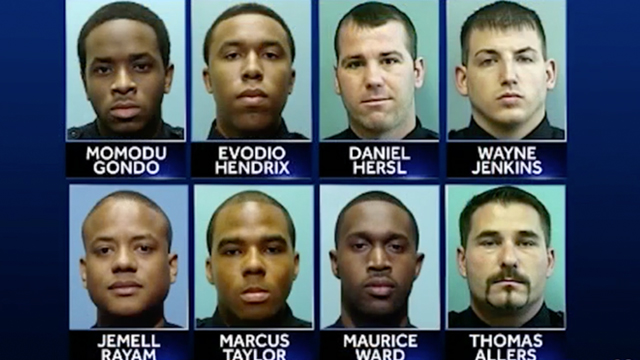
In closing arguments, federal prosecutors implored the mostly white jury to see the parade of unlikely victims, some drug dealers, others with a criminal background as not worthy of protection of the United States Constitution.
Hersl’s co-defendant Marcus Taylor, who joined BPD in 2009, was sentenced to 18 years earlier this month and is planning an appeal. Judge Catherine Blake will hear motions related to Hersl’s conviction, but is expected to proceed with his sentencing. Others who plead guilty thus sparing taxpayers the expense of trial or the complete farce of proclaiming innocence are:
Sgt. Wayne Jenkins, now serving 25 years, joined BPD in 2003. Was the ranking officer in charge of the Special Enforcement Section (SES) with Taylor along with officers Evodio Hendrix and Maruice Ward before taking over GTTF. Robberies by Jenkins, Hendrix, Ward and Taylor began as early as 2013 as members of the SES squad.
Sgt. Thomas Allers, now serving 15 years, joined BPD in 1996. Headed up GTTF from its origin to 2016 before handing the reigns over to Jenkins and leaving to join a joint DEA task force.
Two other Baltimore Police detectives who plead guilty, did not go to trial and also served as cooperating witnesses (presumably are still doing so in ongoing investigations) include ex detectives Jemell Rayam and Momodu Gondo.
ex Det. Danny Hersl’s Top 10 Crimes and Lawsuits
10 Gave a slip of paper with the date written on it as a warning to H.T. after searching his mouth and down his pants not to let him see him again – only to arrest him a few days later in Nov 2015. Hersl stole $314 from a check he had just cashed. Guilty of robbery and extortion.
9 Stole narcotics and $1700 cash from A.F. and let him go. Guilty of robbery and extortion in Aug. 2016.
8 Stole $2000 from a sock in a homeless man’s storage unit. Threatened the business’ clerk when he would not hand over the surveillance video that captured the theft.
7 Took about $8000 from glove compartment of D.A. who was caught after fleeing scene tossing cocaine out of the window.
6 Nearly doubling his $75k annual salary with false claims of overtime and wire fraud.
5 Breaking the jaw of fleeing suspect until he passed out in 2010. City paid $49k.
4 Breaking the arm of a 19-year old girl in a carry out restaurant in 2007. City paid $50k
3 Dropped charges by prosecutors in a 2006 case when jurors were notified that complaints against him to Internal Affairs were in the double digits. This was 10 years before he was promoted to the GTTF.
“Misconduct, sometimes when it’s frequent enough, it indicates a lack of desire to tell the truth” (the late) Circuit Court Judge John Prevas is quoted as saying after reviewing Hersl’s IAD file, in a 2014 Baltimore Sun story
2 The double cross. Robbery of the Hamiltons in July 2016. Hersl reportedly stole $3k while the GTTF crew wasn’t looking and before BPD stole $20K from the family.
1 The depraved indifference. Instead of rending aid, Hersl sits with other GTTF cops in a nearby police car after an illegal high speed chase that resulted in an Aug 2016 car crash. Hersl is heard on the wire tap suggesting ways to cover up the fact that they were working at all by altering documents to avoid discipline or prosecution.
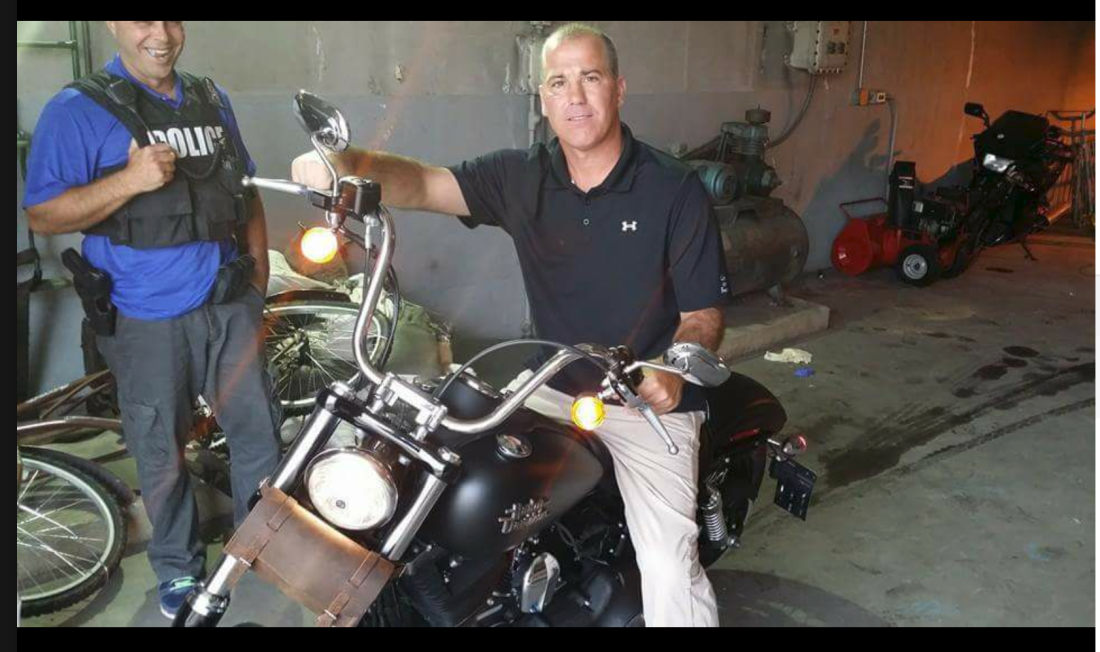
Within the Constitutionally-adverse BPD, these units became known as “elite” by the media as well as up and down previous and existing names in command. Both would hype the arrests as a measure of crime fighting.
But for the citizens they were sworn to protect and serve, these units became the living, breathing, gun-toting, badge wearing symbol of why no one would ever willingly call or cooperate with the police even in the most dire of circumstances.
Hersl’s (Dis) Hornable mentions:
- Harassing dirt bike enthusiasts.
- Harassing local rapper Young Moose chronicled by CityPaper.
- Pepper spraying demonstrators in the wake of of Freddie Gray’s death.
“Detective Hersl, he a bitch, I swear to God he ain’t right/ Heard about my rap career, he trying to fuck up my life/ That nigga fuck me over once, he ain’t getting another,” Moose raps on the song ‘Tired,’ off 2014’s “OTM 3” mixtape. “That racist bitch had the nerve to put the cuffs on my mother/ Put the cuffs on my father, then put the cuffs on my brother/ He think about me every day, that nigga mind in the gutter/ Looking for some information bitch that ain’t how I rock/ Throwing dirt on my name because I’m going to the top/ The warrant wasn’t even right when they ran in my spot.” – Young Moose interview by Brandon Soderberg
